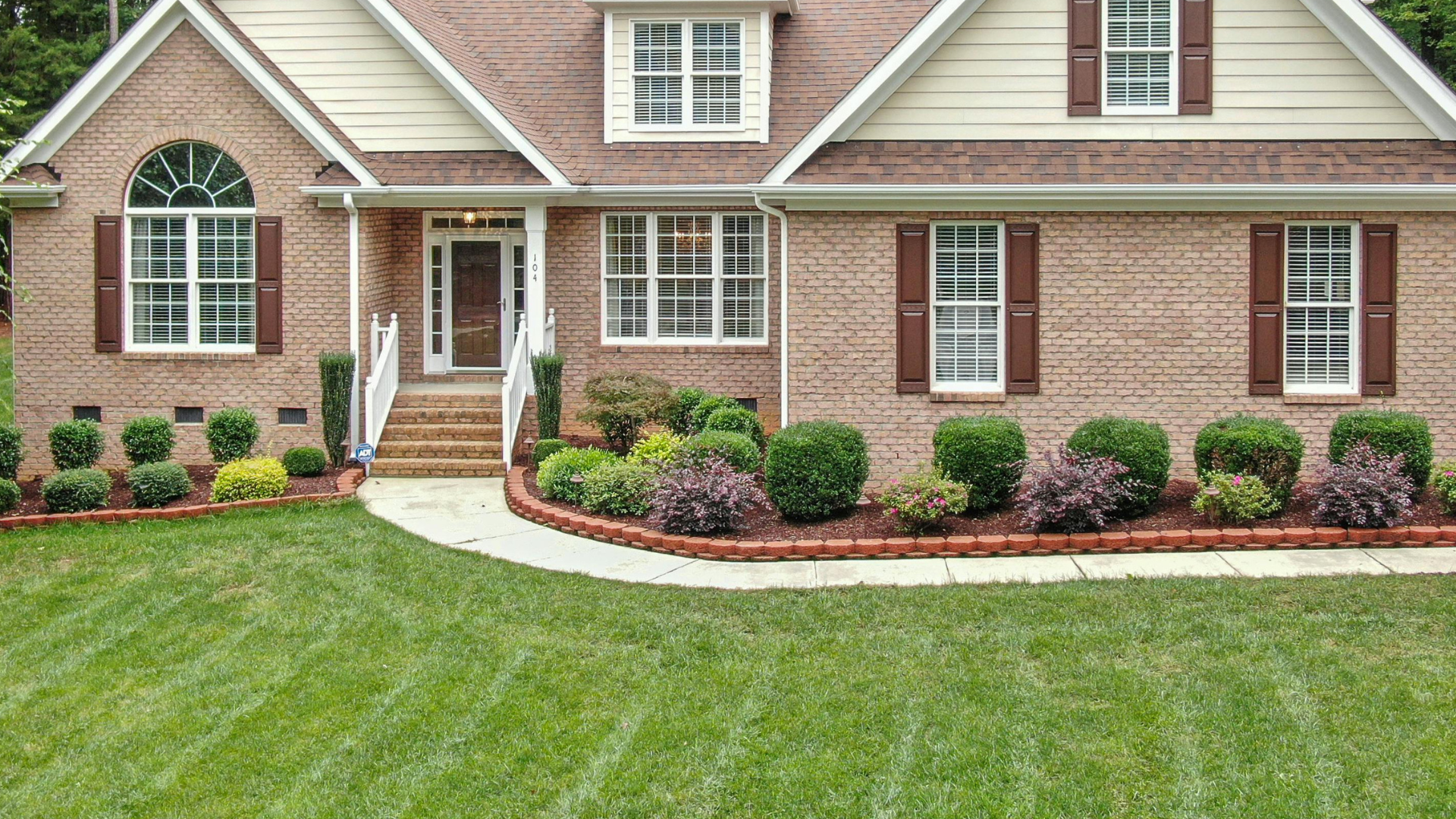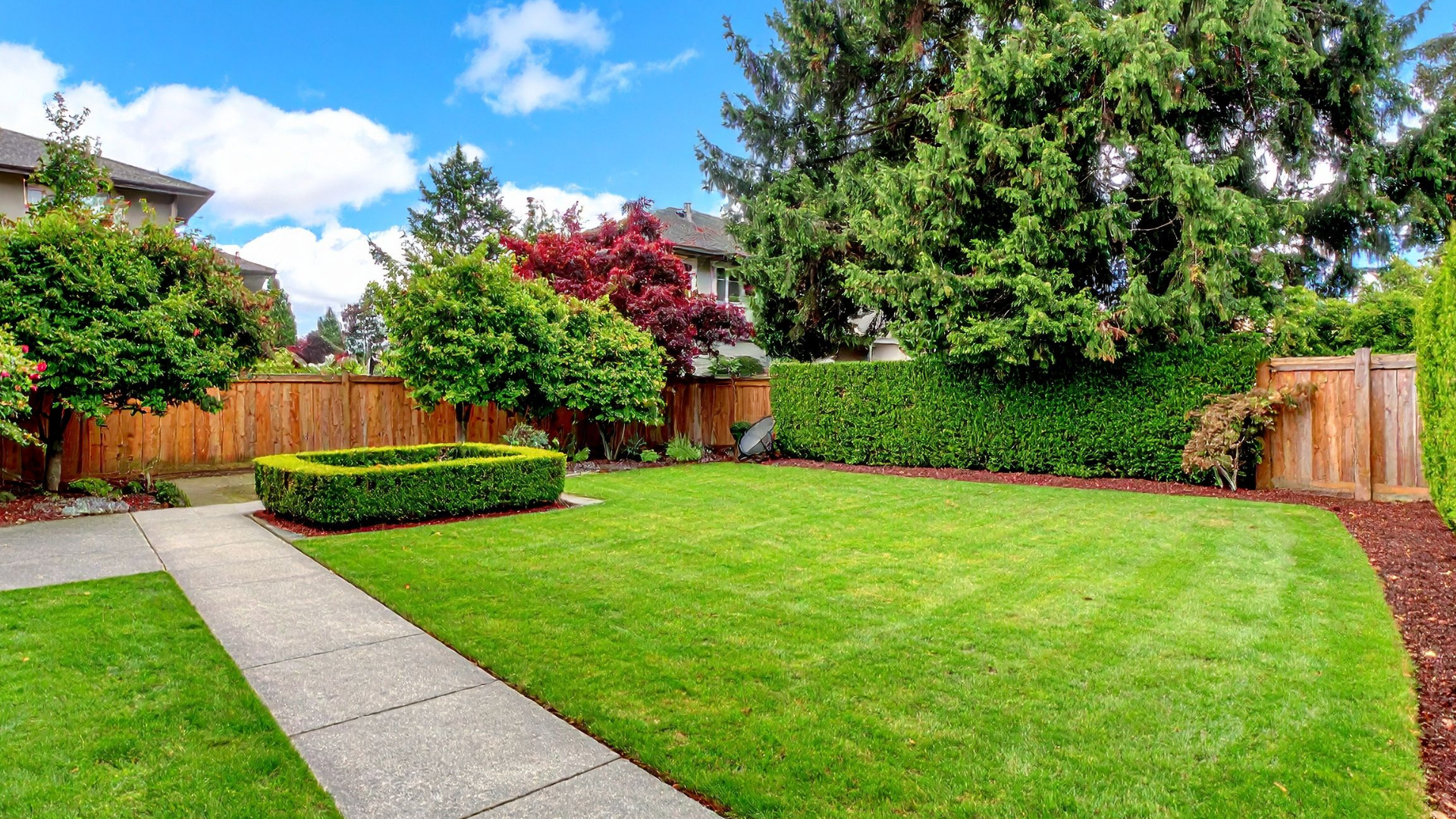East Texas, with its hot and humid climate, is the perfect breeding ground for mold and mildew in your home, posing a serious health and structural threat. The constant high humidity combined with frequent rainfall creates an environment where mold and mildew can thrive in even the cleanest of homes. Left unchecked, mold and mildew can cause significant damage to the structure of your home, affecting wood, drywall, and other materials. Even more concerning are the health risks associated with mold exposure, including respiratory problems, allergies, and other long-term health conditions. This article will cover everything East Texas homeowners need to know about preventing and treating mold and mildew, ensuring a safe, healthy, and long-lasting home.
Understanding Mold and Mildew: What’s the Difference?
Although often mentioned together, mold and mildew are not the same, and understanding their differences is key to effective treatment. Mold is a type of fungus that thrives on moisture and typically appears as fuzzy or slimy patches, ranging in color from black and green to orange and brown. Mold tends to penetrate deep into surfaces and is more difficult to remove once established. Mildew, on the other hand, is a specific type of mold that remains on the surface, appearing as powdery white or gray patches, usually in damp areas like bathrooms or basements.
The main difference between the two is that mildew is easier to clean and less harmful, but it can still lead to more severe mold issues if ignored. In humid climates like East Texas, both mold and mildew can be common, and recognizing early signs can help prevent more extensive problems.
Why East Texas Homes Are Prone to Mold Growth
East Texas’ climate creates the ideal environment for mold to thrive, and understanding why can help homeowners take proactive steps to prevent it. The region experiences high humidity levels, particularly during the warmer months, often exceeding 60%, which is the threshold where mold starts to grow. Additionally, East Texas has frequent rainfall, leading to excess moisture in the air and on surfaces, which fuels mold growth in areas like basements, bathrooms, and attics.
Poor ventilation in homes can further exacerbate the issue, trapping moisture inside and allowing it to condense on cooler surfaces, such as walls and windows. Without proper airflow, these areas become prime locations for mold to develop. Common problem areas in East Texas homes include crawl spaces, kitchens, bathrooms, and areas around leaky windows or roofs. Understanding these vulnerabilities is the first step toward safeguarding your home from mold.
Mold Prevention Tips for East Texas Homeowners
Preventing mold from taking root in your East Texas home requires a combination of routine maintenance and smart home design choices. By controlling moisture and maintaining proper airflow, you can significantly reduce the risk of mold growth. Here are essential mold prevention strategies every homeowner in this region should follow.
Control Humidity Levels
Since humidity is a major factor in mold growth, controlling indoor moisture levels is the first line of defense. The optimal indoor humidity level for preventing mold is between 30% and 50%, but in East Texas, it can often exceed that, especially in the summer months.
- Use dehumidifiers to reduce moisture levels in problem areas like basements, laundry rooms, and attics.
- Ensure air conditioning systems are well-maintained, as they help regulate temperature and humidity indoors.
- Install hygrometers to monitor humidity levels in key areas of your home.
By keeping the air dry, you significantly reduce the chance of mold taking hold in your home.
Address Leaks and Moisture Sources Promptly
Even a small leak can lead to big mold problems, especially in the moist climate of East Texas. Moisture from leaks, whether from the roof, plumbing, or poorly sealed windows, provides the perfect environment for mold to grow.
- Regularly inspect your roof for signs of damage, especially after storms.
- Check around windows, pipes, and faucets for leaks, and repair them immediately.
- Consider waterproofing areas like basements and crawl spaces that are particularly prone to dampness.
By addressing leaks as soon as they occur, you can prevent water from seeping into the structure of your home and causing long-term mold damage.
Ensure Proper Home Ventilation
Adequate ventilation is critical in preventing excess moisture buildup, especially in humid environments. Without proper airflow, moisture can become trapped inside your home, increasing the risk of mold growth.
- Install exhaust fans in moisture-prone areas like bathrooms, kitchens, and laundry rooms to keep air circulating.
- Make sure your attic has proper ventilation to prevent humidity from building up, especially during the summer months.
- Open windows when possible to promote airflow, especially after using the shower or cooking.
Proper ventilation is key to controlling both humidity and mold growth in your home, helping to remove moist air and bring in fresh, dry air.
Use Mold-Resistant Building Materials
For homeowners looking to renovate or build in East Texas, choosing mold-resistant materials can provide an extra layer of protection. Mold-resistant materials are designed to withstand high humidity and moisture without allowing mold to grow.
- Use mold-resistant drywall, which contains a fiberglass mat instead of the traditional paper that mold can easily grow on.
- Opt for mold-resistant insulation in attics and crawl spaces where moisture can collect.
- Choose mold-resistant paint, which contains anti-microbial properties, for high-moisture areas like kitchens and bathrooms.
These materials can significantly reduce the chances of mold growth, providing a longer-lasting solution for homeowners in humid climates.
Home Mildew Treatment: How to Remove Mold Safely
Even with the best prevention efforts, mold or mildew can still develop. Knowing how to treat it effectively and safely is essential for keeping your home mold-free.
Identifying Mold and Mildew Hotspots in Your Home
The first step in treatment is identifying areas where mold or mildew may already exist. Common hotspots include bathrooms, basements, kitchens, and around leaky windows.
- Inspect grout lines in your bathroom tiles, around sinks, and in areas near water pipes.
- Check for any musty odors, which often indicate mold is growing behind walls or under flooring.
- Look for discolored patches on walls, ceilings, or floors.
Regular inspections will help catch mold problems early before they spread.
DIY Solutions for Small Mold Problems
For small areas of mold or mildew, homeowners can often tackle the problem themselves.
- Clean affected areas with a mixture of water and vinegar or water and bleach (1:10 ratio for bleach solutions).
- Use a soft brush or sponge to scrub away mildew on non-porous surfaces like tiles or glass.
- Dry the area thoroughly to prevent mold from returning.
For non-porous surfaces, these DIY solutions are effective at eliminating mold and mildew without the need for harsh chemicals.
When to Call a Professional
Sometimes, mold problems can be too extensive for DIY methods, especially if they involve larger areas or hidden mold behind walls. If mold covers more than 10 square feet or you suspect structural damage, it’s time to call a professional.
- Mold remediation specialists can assess the extent of the mold problem and safely remove it.
- They will also help identify and fix the underlying cause, such as moisture intrusion or poor ventilation.
Professional treatment ensures that mold is completely removed and doesn’t return.
The Role of Humidity and Mold Control Systems
In regions like East Texas, where humidity is persistent, installing systems designed to control moisture is a worthwhile investment. These systems help regulate humidity levels and prevent mold growth over time.
- Whole-house dehumidifiers can be installed as part of your HVAC system to maintain optimal humidity levels throughout your home.
- Crawl space encapsulation helps prevent moisture from seeping into your home from the ground, a common issue in East Texas homes.
- Air purifiers with HEPA filters can help remove mold spores from the air, reducing the chances of mold settling on surfaces.
By using these systems, you can achieve long-term mold control and reduce the risks associated with East Texas’ humid climate.
Safeguard Your Home for the Long Term
Managing mold and mildew in East Texas homes is an ongoing challenge due to the region’s humidity and frequent moisture. However, with proactive prevention measures, smart home upgrades, and timely treatment, homeowners can keep their living spaces safe, healthy, and mold-free. Whether you’re building a new home or maintaining an existing one, controlling humidity, ensuring proper ventilation, and using mold-resistant materials are key strategies. Stay ahead of potential problems by regularly inspecting your home and addressing moisture issues immediately. Your efforts will pay off in the form of a longer-lasting, healthier home environment.


